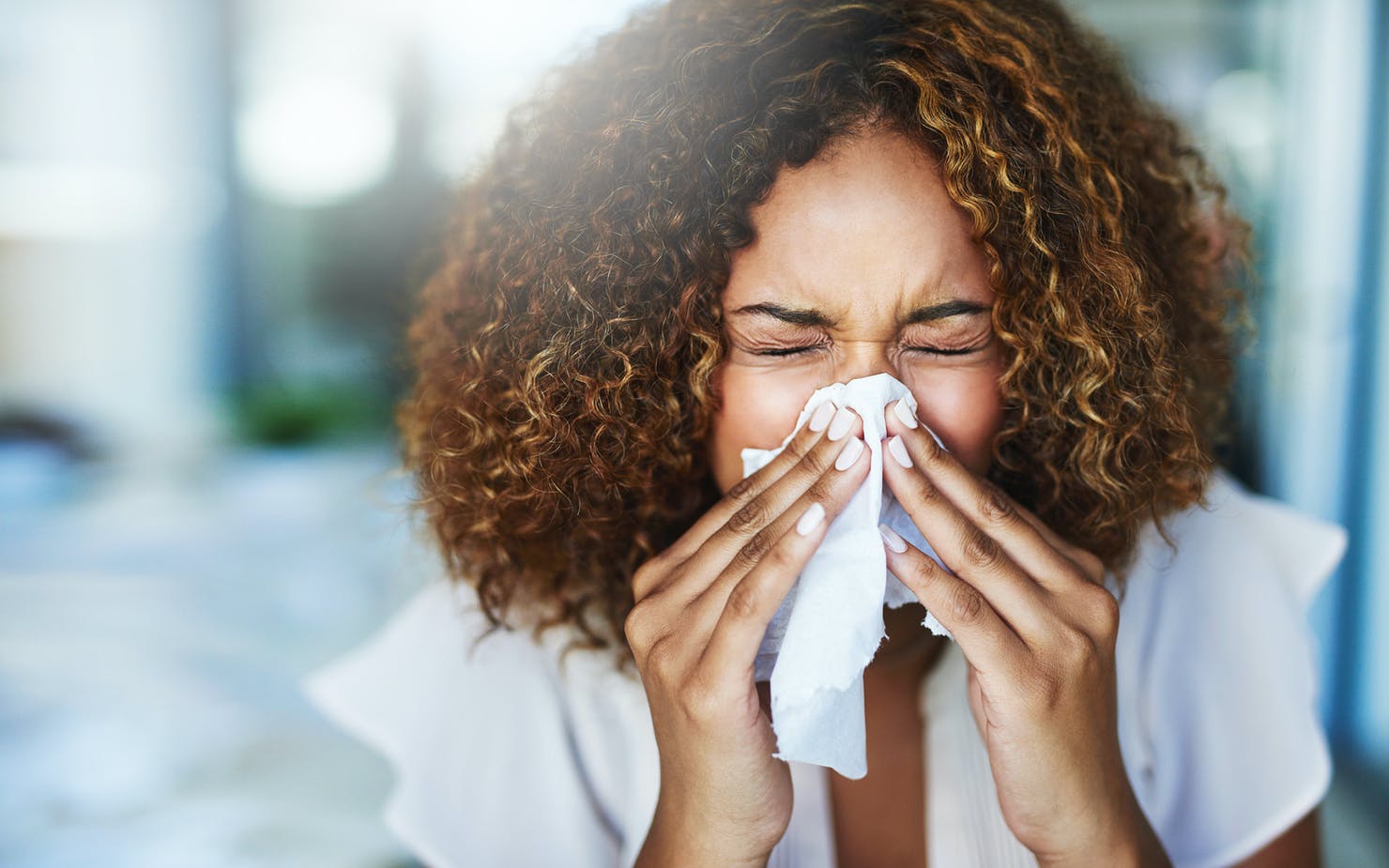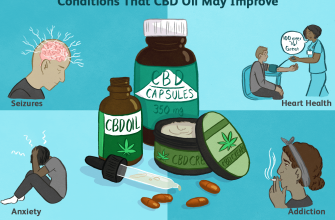Important! All information is provided for informational purposes only and does not encourage cultivation or consumption.
Pollen from flowers and grass often causes seasonal allergy symptoms such as sneezing, redness, and itchy eyes. When it comes to cannabis, there are many studies indicating that this plant, due to its anti-inflammatory properties, helps in relieving the symptoms of both allergies and respiratory diseases. But information about how and why marijuana can cause allergies is much less.
People who work in environments with increased exposure to allergens, such as trimmers, often report itchy eyes and a runny nose when handling fresh plant material directly. While these symptoms are indicative of an allergy, it cannot be definitively stated that they were caused by certain compounds in cannabis and that it is their exposure that is causing the body’s reaction.
“I can’t say that I have ever encountered a strain that made me sneeze. Although when I put my face in the big bag of Diesel, my nose definitely tickled,” says cannabis expert and comedian Ngaio Bilum of Netflix’s Cooking on High.

The question is as complex as cannabis itself. There are thousands of different varieties and dozens of strains. Each bud contains dozens of aromatic molecules called terpenes, plus cannabinoids (THC, CBD) and other molecules that also contribute to the effect. Each strain has a unique chemical fingerprint of compounds that respond differently to an individual’s immune system.
Potential allergens: cannabis pollen and terpenes
Cannabis is a dioecious plant, meaning there are both males and females. Male cannabis plants produce pollen, which is a common cause of seasonal allergies, so it makes sense that it could cause allergic reactions in some people. But if you are not a breeder, you are unlikely to encounter a large amount of cannabis pollen in nature.
When it comes to what can cause allergies in various types of contact with female marijuana plants and flowers (inhalation, smoking, ingestion, touch), things get much more complicated.
“Like any natural substance, cannabis or its constituents can certainly cause allergic symptoms in sensitive people. They can be mild (sneezing) or more severe (skin or even respiratory reactions),” says Uwe Bleshing, co-founder and chief scientist at Cannakeys and author of Your Cannabis CBD: THC Ratio, a book on the positive effects of THC and CBD on the human body. .
“Yes, of course, people can be allergic to cannabis, but the question is, is it really an allergy directly to marijuana; or is it a reaction that mimics allergic symptoms; or an allergic reaction to contaminants that may have entered the plant?”
Individual reaction to pesticides, fertilizers, mold?
Blashing goes on to explain that the root cause of allergic reactions, such as skin rashes, attributed to the effects of cannabis, can be trite and human nutrition. Or they can be caused by a pesticide, a synthetic fertilizer, or a number of different substances that have been applied to/into the plant.
“..every time I touched Dutch Treat, my hands blistered”
Sara Payan, Community Education Specialist at The Apothecary

If it were possible to accurately calculate that cannabis itself is the cause of the allergy, the next step would be to find out which element or even a number of elements (out of more than 800 natural components of the plant) can cause such a reaction.
“Ultimately it all comes down to an individual’s sensitivity to any one or combination of compounds that they have come into contact with, the so-called triggers that trigger an allergic reaction,” says Blashing. “I don’t think at the moment anyone can say which components are most likely to cause such reactions. Terpenes are definitely top contenders, but it could also be rhizomes and cannabinoids.”
-
- When it comes to terpenes, the main suspect is linalool, as it is potentially the most common contact allergen in cannabis.
-
- When it comes to pesticides that can cause allergies, Neem tree oil, used in cultivation to prevent pests, can also be a trigger.
-
- Research suggests that an allergic reaction to marijuana may also be related to lipid transfer proteins, which can be found in both cannabis and fruits, vegetables, nuts, pollen, and latex.
-
- And, of course, smoke in general or moldy marijuana can also cause adverse allergic reactions.
A Closer Look at Terpenes

I first grew cannabis during the great lull that came in 2023, and found that when I touched the herb, I developed a skin rash. By the way, the same story was with the fragrant non-hybrid tomatoes that I grew in the garden in the backyard. Many people who work in the cannabis industry face similar cases. This is why the current research that studies allergy to this plant is focused on people who are exposed to strong plant material for a long time, such as trimmers.
“In my experience, an allergic reaction to cannabis is down to individual intolerance, not individual strains,” says Sarah Payan, public education specialist at Apothecarium. “For example, before we had packaged cannabis, we took it from our stocks and sorted it into containers ourselves, and every time I touched Dutch Treat, a rash appeared on my hands.”
One of the editors of online magazine Leafly started sneezing every time he trimmed the super-flavored 2023 Squirt strain.
Dr. Laurie Wollen of Naturally Healing MD says that while cannabis allergies have been reported in the scientific literature, none of her patients (more than 13,000) have actually experienced it.
No allergy testing for terpenes

Cannabis allergy is also difficult to detect with traditional skin tests, she says, because they have to be done using raw material. Cannabis terpenes, and especially the unique and delicate monoterpenes, can be found mostly in fresh plants, but studies show that such samples cannot actually be standardized, mainly due to unpredictable changes in the composition of raw materials and the possibility of contamination with other allergens.
For example, monoterpenes begin to evaporate already at room temperature, which causes this bright, sharp aroma that can be smelled on a plantation.
“Terpenes are the most volatile substance in the plant, so if you’re doing a test, you’ll have to go to great lengths to make sure they’re still in the raw material when they just evaporate out of it,” she says. “Therefore, they try to associate cannabis allergy with THC and CBD.”
Other plant allergies causing cross-reactivity
Although cannabis use dates back to ancient times, the first description of a marijuana allergy did not appear until 1971. It concerned a 29-year-old housewife who suffered an allergic reaction after smoking a “marijuana cigarette”. At the time, THC was thought to be a potential culprit, but research today links cross-reactions to other allergy-causing substances.
“If you are allergic to cannabis, then you may also be cross-allergic to another plant. This leads me to believe that it is not the phytocannabinoids that are causing the reaction, because they are not found in other plants, but the terpenes,” Wollen says.
Blashing suggests that the root cause of cannabis allergy is likely individual sensitivity rather than specific varieties or strains. Typically, he says, cannabis allergies are most common in people who already have negative reactions to other types of plants.
“People whose noses are at war with plants say, ‘Oh yes, I sneeze when I’m around them,'” he says. “I think there is something wrong with the susceptibility scale… some people’s immune systems are so overactive that they react to plants. Therefore, I think that the individual intolerance of the patient, and not nature itself, is the culprit of allergic reactions.





